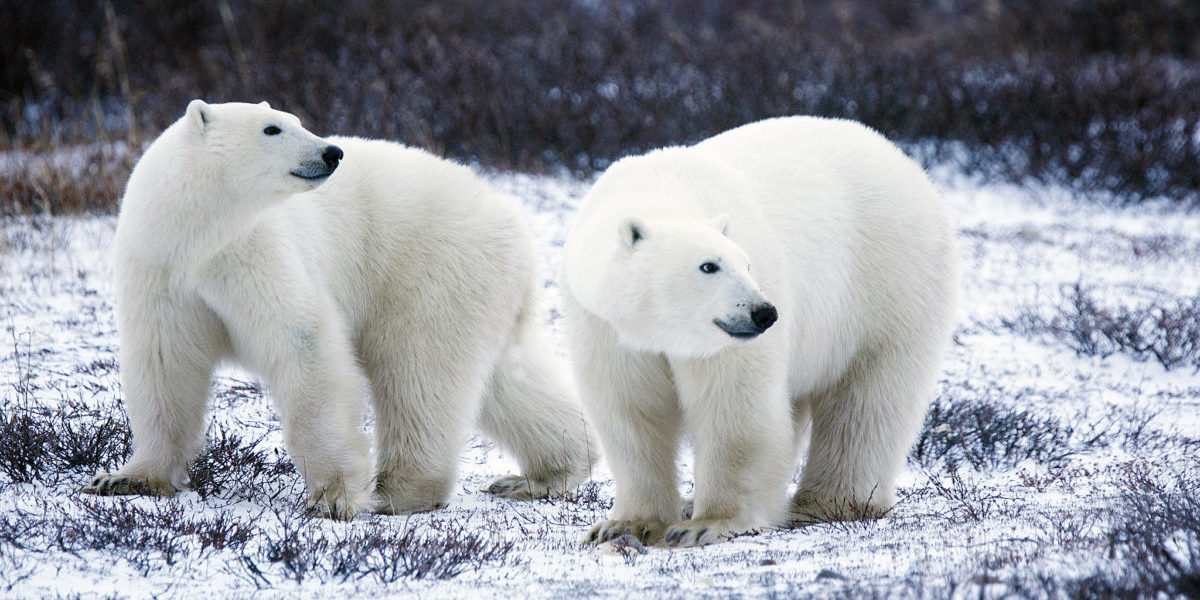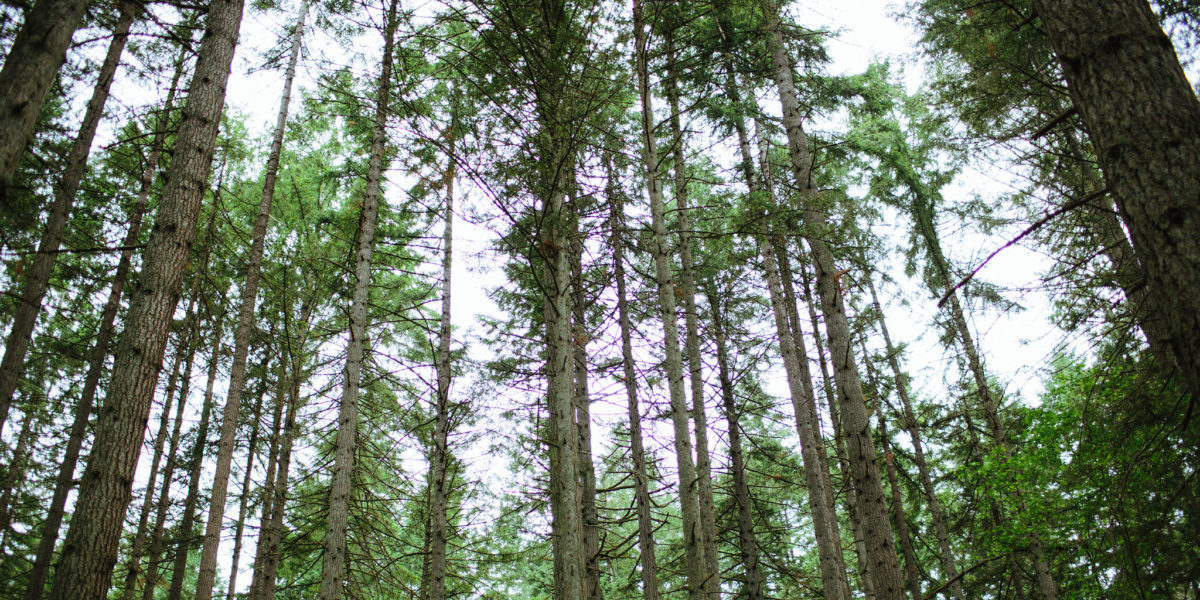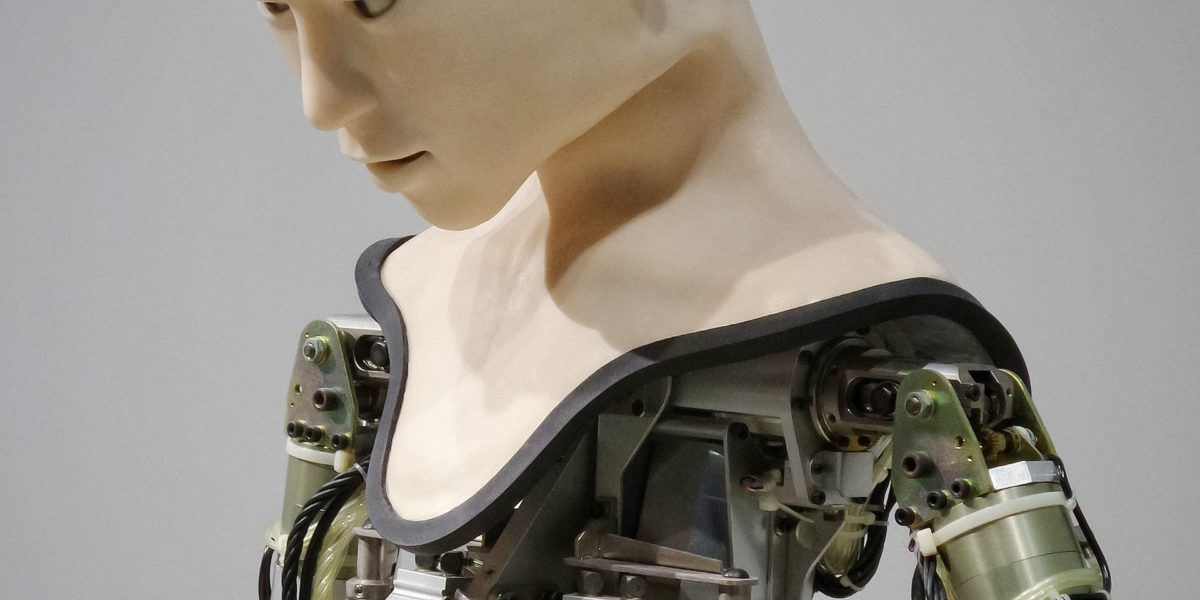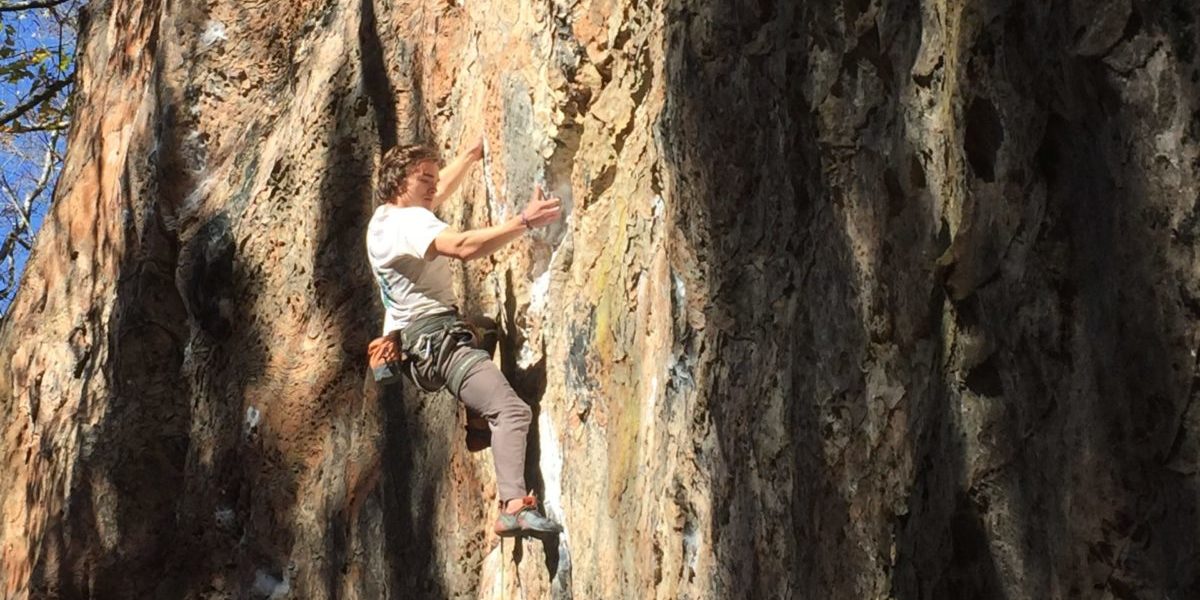Katmai National Park in Alaska holds an annual “Fat Bear Week”, in which Twitter followers are asked to vote for the fattest bear in the park. This year’s winner was Holly, somewhere in the range of 500 to 700 lbs. That’s a big bear. However, in 1960, a male polar bear in Kotzebue Sound, Alaska, weighed in at 2,209 lbs. In fact, on average, polar bears weight up to 60% more than Grizzly bears, their closest animal relative.
Continue reading “Down to the Bear Bones: How Polar Bears evolved from Grizzlies to hunt in the Arctic”Category: 2019 Fall
What Makes and Breaks the World’s Tallest Trees
Trees have the potential to be the largest organisms on Earth. The world’s tallest tree, dubbed Hyperion, is 380 ft tall and weighs over 1,600,000 lbs. Compared this to the world’s largest animal, a particularly massive blue whale which was 100 ft long and weighed 380,000 lbs, the simply massive size of this tree should be obvious. And unlike a whale, a tree is much less likely collapse and crush itself under its own weight. Trees need to be tall, even if doing so consumes a lot of resources, in order to compete for sunlight. So what lets trees get this big, and what limits their height?
Continue reading “What Makes and Breaks the World’s Tallest Trees”Soft Robotics: Humanizing the Mechanical
In media and science-fiction, robots have stereotypically, and perhaps somewhat unfairly, been depicted as mechanical, stiff assemblies of moving joints and complicated circuitry. While this still holds true for many robots designed today, whether for industry or research, the past few years have seen a growing interest in soft robotics in academia, industry, and popular culture. As the name implies, many research groups have begun investing in constructing robots from compliant, softer materials.
Continue reading “Soft Robotics: Humanizing the Mechanical”Why your scar tissue isn’t an issue
What do knee scrapes, adolescent acne, and paper cuts have in common? They all have the potential to leave a nasty scar. For people who have undergone trauma that results in serious wounds, especially on the face, scar aging is a serious concern. What are scars, and why does scar tissue tend to look different than regular skin as aging occurs?
Continue reading “Why your scar tissue isn’t an issue”Rock on, Dude!
In the rock climbing world, there is not much that people fear more than the sound of a “pop” coming from their fingers. That sound means months of rehab and can keep you off the rock for up to six months. But what exactly is happening when you hear that dreaded sound? The fingers are so small, how can one injury to the fingers be so devastating? Let’s dive in.
Continue reading “Rock on, Dude!”Ankle Sprains: An Epidemic in the World of Athletics
Have you ever been out running on a gorgeous fall day, only to have the run cut short by a painful misstep on a tree root covered by leaves? I have, and let me tell you – it’s awful! And even if you aren’t a runner, according to the Sports Medicine Research Manual, ankle sprains are a common, if not the most common, injury for sports involving lower body movements. Now, the solution to preventing this painful and annoying injury could be as simple as avoiding tree roots and uneven ground, but the real problem behind ankle sprains deals with the anatomy of the ankle.
Continue reading “Ankle Sprains: An Epidemic in the World of Athletics”Pressurized Vessels Supporting the Spine: Structure and Function of Intervertebral Discs
Back in 1989, it was estimated that about 2.5 million U.S. workers suffered from low back pain, and low back pain has even been talked about as one of the largest causes of disability in the world. Intervertebral disc degeneration is one of the most common reasons for low back pain in adults. In order to understand how disc degeneration occurs and causes pain, it is important to examine the structure and function of discs in the back.
Continue reading “Pressurized Vessels Supporting the Spine: Structure and Function of Intervertebral Discs”The Benchmark of Upper Body Strength: Injury Prevention During the Bench Press
Who wouldn’t want to look like Captain America? This common desire to attain a strong Herculean physique, either for athletics or aesthetics, has led many ambitious men and women to weightlifting. An egotistical motivation puts these people at risk of injury, however, as they sacrifice proper form to achieve their next personal best. The bench press is one example of an effective but potentially dangerous lift.
Continue reading “The Benchmark of Upper Body Strength: Injury Prevention During the Bench Press”In the Womb: Alive and Kicking
For a pregnant woman, it can be a thrilling moment when her baby kicks for the first time. Women have described the feeling as a flutter, a tumble, or a gentle thud. However, these movements are not only exciting because they are unpredictable but because they indicate healthy fetal development.
Continue reading “In the Womb: Alive and Kicking”Attempting to “Knock Out” the Causes of Concussions
Approximately every 15 seconds, a traumatic brain injury occurs in the U.S. A concussion is a form of mild traumatic brain injury produced by a contact or inertial force to the head (or neck) area. A concussion causes the brain to rapidly move around inside the skull, harming natural brain function. According to the Brain Injury Research Institute, roughly 1.6 to 3.8 million concussions occur each year in the U.S., resulting from both recreation and sports related incidents. In fact, brain injuries cause more deaths than any other sports injury.
Continue reading “Attempting to “Knock Out” the Causes of Concussions”








